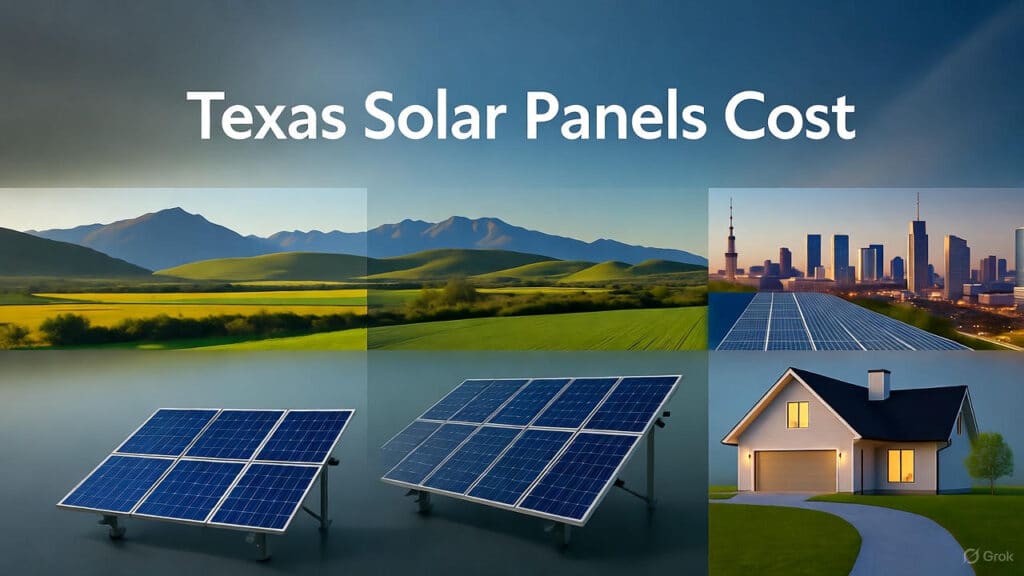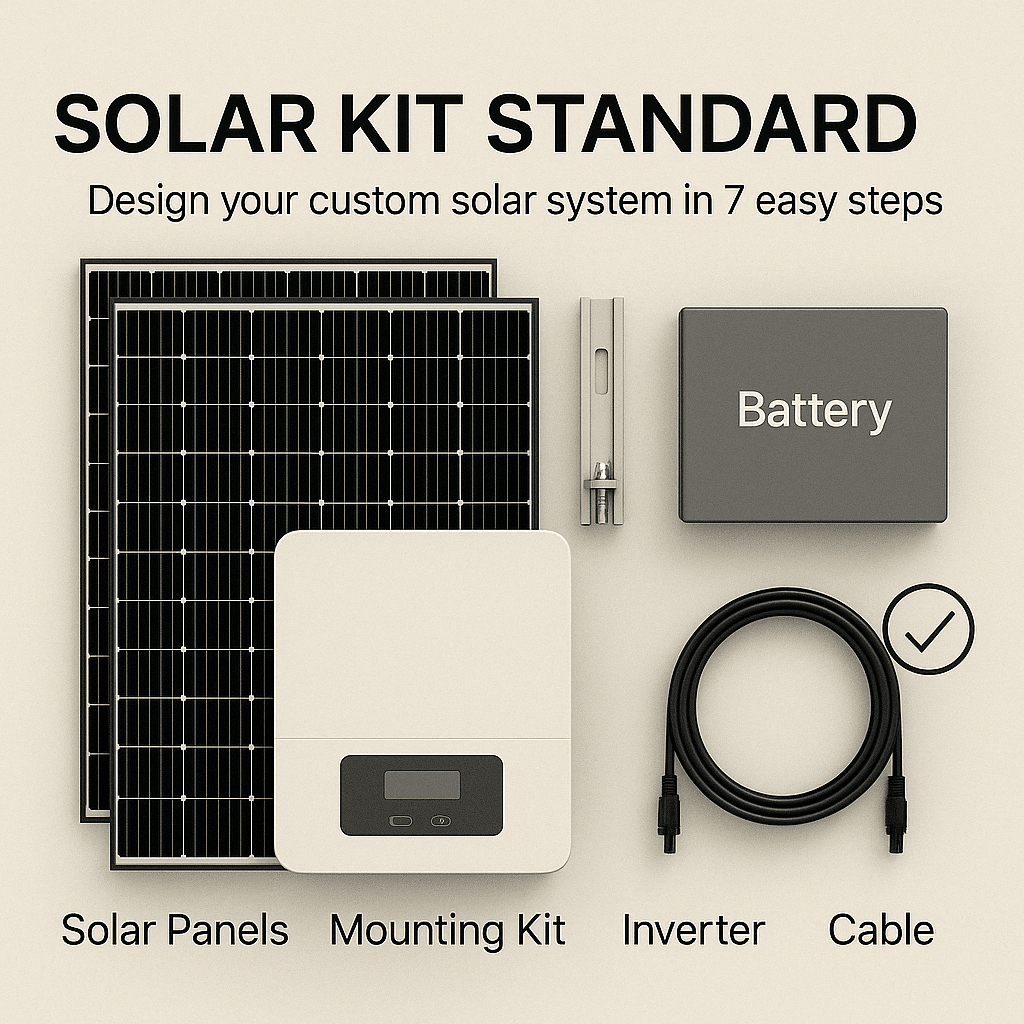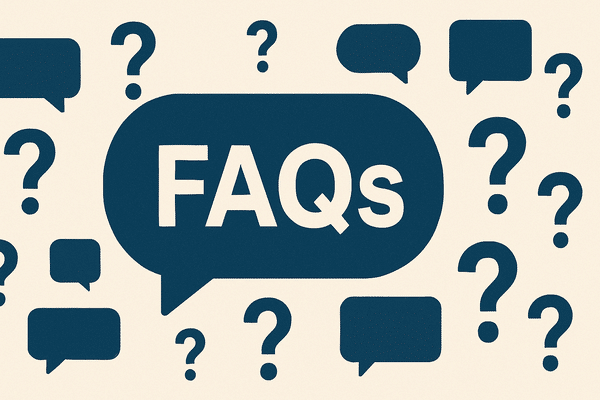📦 Fast Delivery – Order Now!
💸 Shop Safely – 100% Money-Back Guarantee
👨🔧 Lifetime Customer Support
📦 Fast Delivery – Order Now!
💸 Shop Safely – 100% Money-Back Guarantee
👨🔧 Lifetime Customer Support
Thinking about going solar in Texas but not sure what it really costs? You’re not alone. With electricity rates climbing and hot summers pushing AC bills through the roof, more Texans are turning to solar as a long-term solution — not just for sustainability, but for financial stability. In this guide, we’ll break down the real cost of solar panels in Texas, what affects pricing, how much you can save, and whether DIY solar kits can cut your investment in half.

Texas isn’t just the nation’s oil capital — it’s quickly becoming one of the top solar states in America. With over 230 sunny days per year and some of the highest residential electricity consumption in the country, homeowners are turning to solar not just for sustainability, but to lock in energy savings for the long term.
Rising grid instability, peak-hour utility surcharges, and unpredictable rate hikes have pushed thousands of Texas households to take control of their power supply. Whether you live in Houston, Austin, Dallas, or in a rural area with wide-open roofs and land space, solar offers a way to stabilize your electric bill and boost your property value — without relying on volatile utility companies.
The cost of solar panels in Texas is typically calculated per watt. As of 2026, most homeowners pay:
| System Size | Avg. Cost per Watt | Total System Cost (Before Incentives) | Federal Tax Credit (30%) | Net Cost After Incentive |
|---|---|---|---|---|
| 5 kW | $2.30 – $2.80 | $11,500 – $14,000 | -$3,450 to -$4,200 | $8,050 – $9,800 |
| 10 kW | $2.20 – $2.70 | $22,000 – $27,000 | -$6,600 to -$8,100 | $15,400 – $18,900 |
| 15 kW | $2.10 – $2.60 | $31,500 – $39,000 | -$9,450 to -$11,700 | $22,050 – $27,300 |
Good news for Texans: Compared to many other states, solar is slightly cheaper here due to lower labor costs and wide installer competition. Plus, larger properties often make it easier to fit bigger, more cost-effective systems.
While average pricing gives a good baseline, your actual solar cost depends on several variables:
Texas may not have a statewide rebate like some other states, but there are plenty of valuable incentives to reduce your out-of-pocket cost:
Savings depend on your energy usage and utility provider, but the payoff is typically fast in Texas thanks to high consumption and strong sun exposure. Here’s what the average homeowner can expect:
| Monthly Electricity Bill | Recommended System Size | Estimated Monthly Solar Savings | Payback Period |
|---|---|---|---|
| $100 – $150 | 5 kW | $80 – $110 | 7–9 years |
| $150 – $250 | 8–10 kW | $130 – $200 | 6–8 years |
| $250+ | 12 kW or larger | $220 – $300+ | 5–7 years |
ver 25 years, most Texans save $30,000 to $60,000 depending on rates and system size. If paired with battery storage and time-of-use plans, you can even avoid peak-hour charges entirely.
And unlike electricity bills — which always go up — solar panels have fixed, predictable lifetime costs, making them one of the most reliable financial hedges in a volatile energy market.
Before choosing a system, it’s important to understand how ownership affects long-term savings:
| Option | Upfront Cost | Monthly Payment | Total Savings | Ownership |
|---|---|---|---|---|
| Leasing / Power Purchase Agreement (PPA) | $0 down | Fixed monthly rate | Lowest savings | Lender/Installer owns system |
| Financed Purchase (Loan) | $0–$3,000 down | 5–15 year loan | Moderate to high | You own the system after payoff |
| Cash Purchase | Full system cost upfront | $0 ongoing | Highest ROI | Full ownership from day one |
| DIY / Self-Managed Kit | 30–50% lower than installer pricing | Pay only for equipment + electrician sign-off | Same performance at much lower cost | You own everything |
DIY and self-managed solar is rapidly growing in Texas, especially in rural counties where homeowners already handle their own construction projects. Even if you hire a local electrician for final hookups, you’ll still avoid thousands in labor markups.
You don’t have to pay installer markups.
With a DIY solar kit, Texas homeowners can save $6,000–$12,000 on average compared to full-service installation.
At AceFlex, we ship complete solar kits with:
You handle the install — or hire a local electrician — and keep the savings.
👉 Browse our pre-configured solar kits or request a custom quote today.

🔆 Standard Solar Kit – Your Custom Solar System in 7 Guided Steps
Design your solar setup with full flexibility and pre-configured mounting: choose solar panels, inverter, battery, mounting kit, wiring essentials, combiner, and accessories – all step by step and fully compatible.
✅ Includes mounting material from K2 Systems for standard layouts
✅ Choose only the components you need
✅ DIY-friendly and pre-checked for compatibility
✅ 🎁 Battery discount included when bundled
Not all solar panels perform equally in Texas conditions. With scorching summers, strong UV exposure, and occasional storms or hail, durability and heat performance matter just as much as efficiency.
Here’s what to look for:
At AceFlex, we stock only Tier-1 panels built for high-heat environments, including Hyundai, Trina, and more— proven workhorses for Texas rooftops and ground mounts.
👉 Browse our solar panels today.
Between high sun exposure, rising electricity rates, and strong federal tax incentives, Texas is one of the most profitable states in the U.S. for going solar. Homeowners typically recover their investment in 5 to 8 years, then enjoy 15+ years of free energy production. Even better — solar-equipped homes consistently sell for more than comparable non-solar properties.
And with options ranging from turnkey professional installs to DIY solar kits, you don’t have to overpay to take advantage of clean energy. Whether you want to slash your power bill, protect against outages, or increase your property value, solar is no longer just a “green upgrade” — it’s a strategic financial decision.

Most 2,000 sq ft homes in Texas require a 6 kW to 10 kW solar system, depending on energy usage. That typically costs $15,000 to $27,000 before incentives, and $10,500 to $18,900 after the 30% federal tax credit.
Yes — Texas offers one of the fastest solar payback periods in the country, often between 5 and 8 years. With high energy consumption, strong sun exposure, and rising utility rates, most homeowners save tens of thousands of dollars over the system’s lifetime.
Yes, a properly sized solar system can power your air conditioning. A standard central AC unit requires 3–5 kW during peak operation, so most homeowners install at least an 8–10 kW solar system to comfortably run HVAC and household devices.
Solar panels don’t stop working after 25 years — they simply produce slightly less power. Many panels still operate at 70–85% efficiency, so they can be reused, sold, or recycled through specialized facilities.
No, solar panels require direct sunlight to generate power. Artificial light from street lamps is too weak and inefficient to meaningfully charge a solar system.
Yes. Studies show that Texas homes with solar typically sell for 3–5% more than non-solar homes. Since buyers appreciate lower energy bills, owned systems (not leased) are especially valuable.
Standard grid-tied systems turn off during outages for safety reasons. To keep your lights and AC running during blackouts, you’ll need a hybrid inverter with battery backup or generator integration.
Yes, DIY solar is legal in Texas, and many homeowners install the racking and panels themselves, then hire a local electrician for the final connection. This approach can save $6,000–$12,000 compared to full-service installers.
Yes, but it’s usually much smaller. If your system is properly sized and paired with net metering or buyback credits, many homeowners bring their bill down to $20–$40 per month, or even $0 in some cases.
AceFlex is one of the leading online retailers of renewable energy products and offers a wide range of solar products. We work with well-known manufacturers and wholesalers and can offer you cost-effective products in the field of photovoltaics so that you too can contribute to the energy transition.
Looking for an experienced team for planning your photovoltaic system without the hassle of doing it yourself? We are your trusted partner, offering comprehensive nationwide solutions. We provide expert consultation and supply of both photovoltaic systems and storage units tailored to your specific needs.
© 2025 Aceflex All Rights Reserved. Design by Media Pantheon, Inc.